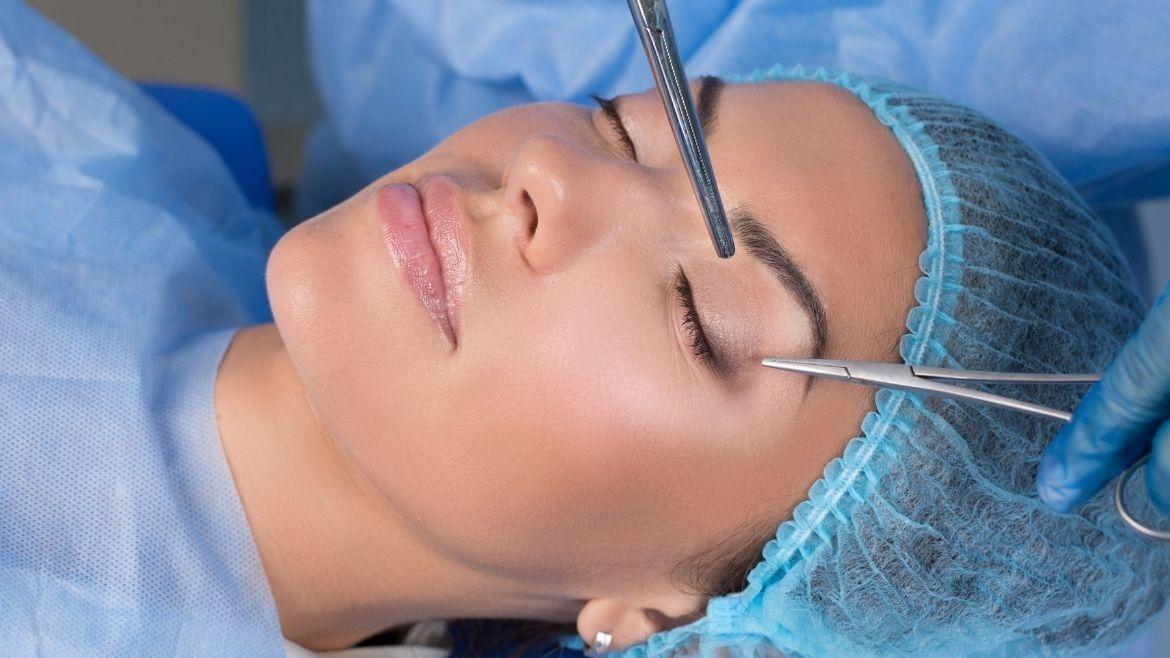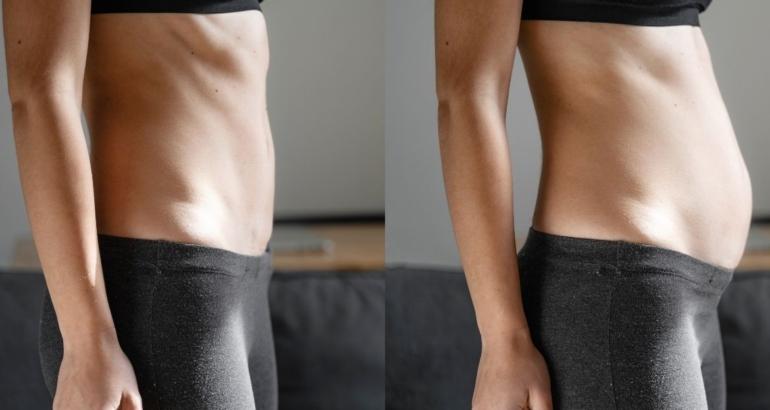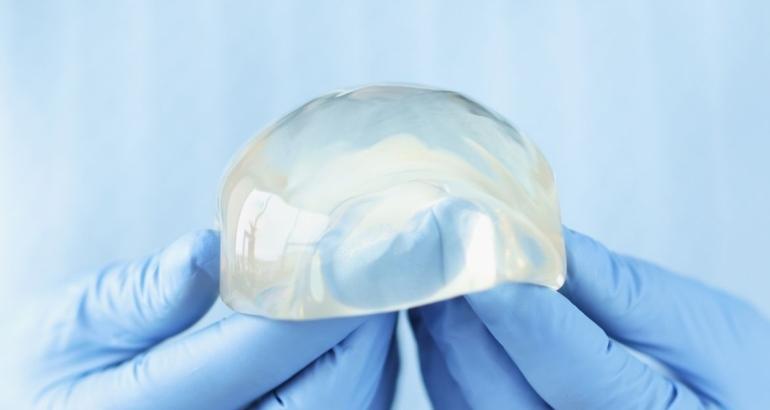Blepharoplasty or eyelid surgery helps repair the droopy eyelids by reducing excess skin, fat, and muscle. This surgery also helps to cope with vision problems that are caused due to severely sagging skin around the eyes and reduces side vision. This surgery provides a younger look and makes one look more alert and confident.
‘Eyes are the windows of the soul,’ this speaks about the significance of eyes not only in facial aesthetics but overall personality.
The skin and muscle lose their elasticity and strength because of the aging process. This results in an accumulation of loose skin that collects as folds in the upper lids and generates creases in the lower lids. At the same time, the muscle under the skin loosens, allowing the fat that covers the eyes to extend forward to cause bagginess. In some cases, bags are also developed due to inheritance during early adulthood before skin changes. These changes in the muscles and skin surrounding the eyes reflect a distressed and unhappy look. The characteristics of droopy eyelids are excess upper eyelid skin, hooded eyes, crow’s feet, hollowed face, and unsightly eye bags.
Blepharoplasty surgery is performed on both the upper and lower eyelids, depending on the indication and nature of the patient’s concern. Incisions are created on the upper eyelids during this surgery, and excess skin is removed to correct hooded eyelids. Lower eyelid surgery involves an incision on the eyelash line to correct fat bags and reposition tissues to correct under-eye bags and hollowing.
Surgery time: 1-2 hours
Blepharoplasty is appropriate for treating conditions such as:
- Droopy or baggy upper eyelids.
- Excess skin of lower eyelids.
- Occurrence of bags under the eyes.
- The presence of excess skin in the upper eyelids may interfere with peripheral vision.
The ideal candidate for upper eyelid blepharoplasty
- Excessive skin on upper eyelids results in hooding.
- The absence of upper eyelid crease in certain races like orientals and Northeast Indians
- Excess fat on upper eyelids.
- Asymmetrical position of upper eyelids due to trauma or congenital conditions
The ideal candidate for Lower eyelid blepharoplasty
- Puffiness of eyes.
- Loose, wrinkled skin.
- ‘Eyebags’ due to fat protruding through weakened tissues.
Pre-operative steps
In both upper and lower eyelid surgery, a pre-operative assessment is essential. The excess skin removed from both the upper and lower eyelid is precisely marked out.
Types of anesthesia
This surgery is usually performed under local anesthesia. However, in the cases of both upper and lower eyelids surgery or correction of congenital correction, general anesthesia is required.
Procedure
Dr. Lokesh Tomar first conducts a proper examination of the patient’s overall eye appearance, skin type, and condition. Then she further plans the best method to shape their eyes. During this procedure, anesthesia is administered to comfort the patient. This procedure is less time taking and also provides less downtime. During the surgery, incisions are created on the upper eyelids and existing creases, and excess skin is removed to improve hooding. In lower lid surgery, a cut is made along with the eyelash line created to correct fat pockets and reposition tissues to repair hollowing. These incisions can be extended towards the crow’s feet at the side of the eyes. People who have a bag of fat underneath the lower eyelids without excess skin can be removed from the inside lower eyelids. After successfully removing excess fat, loose muscles, and drooping skin, all the incisions are sutured. Minimal bruising and inflammation are common and can be resolved over 10-12 days after surgery.
Removal of stitches: 5-7 days
Hospitalization: Not required
Post-surgery care
In the postoperative period, the following precautions should be followed:
- Avoid carrying heavy weights, consuming blood thinners, and protecting the treated area from direct sunlight exposure for at least one week.
- Sunscreens should be used to avoid post-surgery scar pigmentation and irregularities.
- Cold fomentation, ice packs (3–4 times/day), and head elevation while sleeping. This helps to reduce swelling and edema after surgery.
- Avoid using eye makeup for 10–14 days after surgery.
- Quit alcohol consumption.
- Quit smoking.
Note: To avoid potential complexities such as bleeding, infection, bruising, and inflammation after the surgery, the patient must take proper care of themselves.
Recovery: The patient can take pain medications and rest for the first few days following surgery. Minimal bruising and swelling are common and resolved within a fortnight. Ice packs accelerate the resolution of swelling.
The skin of the eyes is thinnest and most delicate, and with blepharoplasty surgery, one can get a more naturally refreshed and youthful with minimum risk of side effects. The results are also long-lasting and life-enhancing, making an individual feel more confident. This surgery is sometimes combined with facelift surgery to achieve a more comprehensive facial rejuvenation. A healthy lifestyle and good skincare routine help to achieve long-lasting results. But, nothing can stop the normal skin aging process, and the results will also naturally age.



